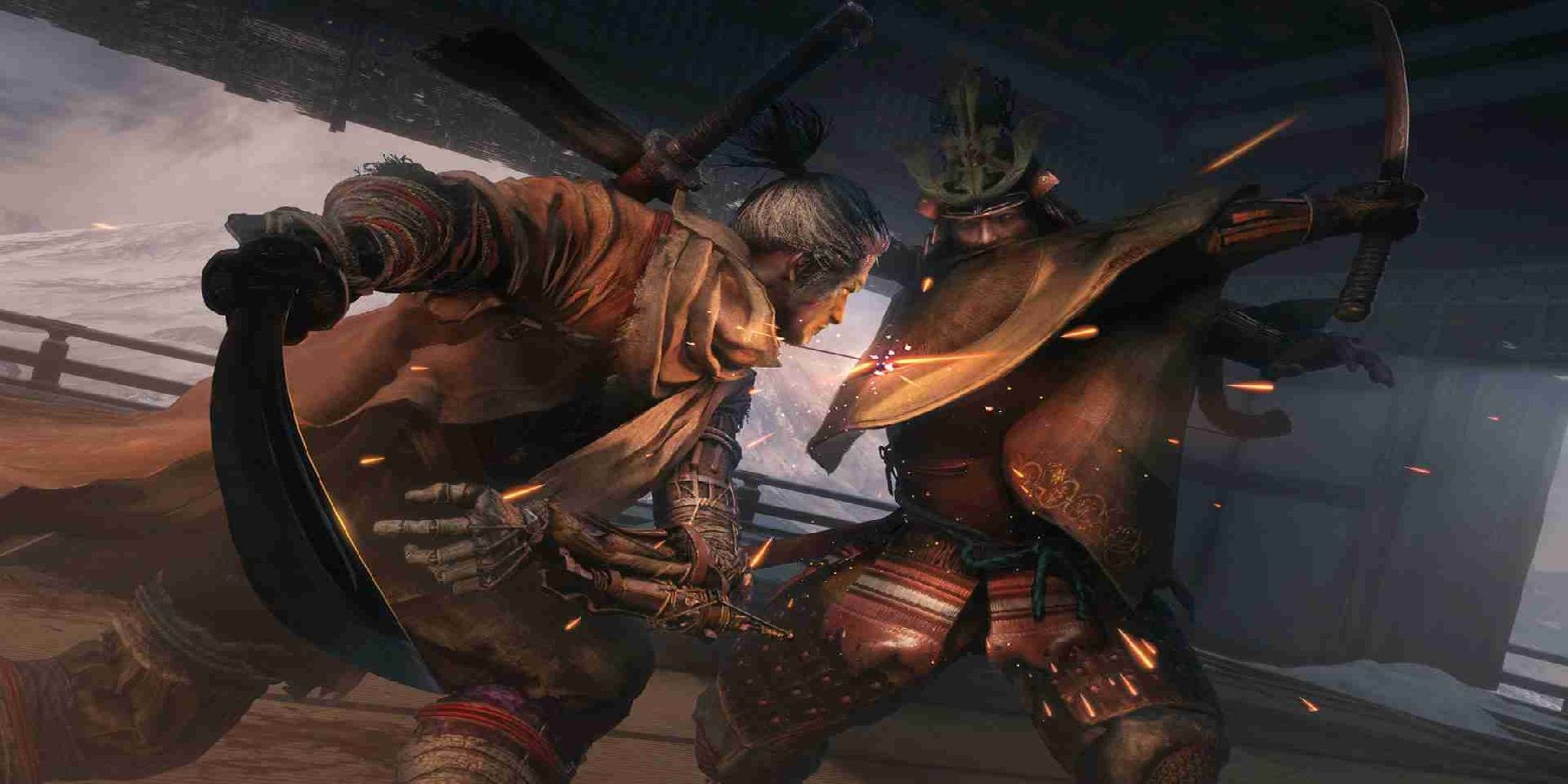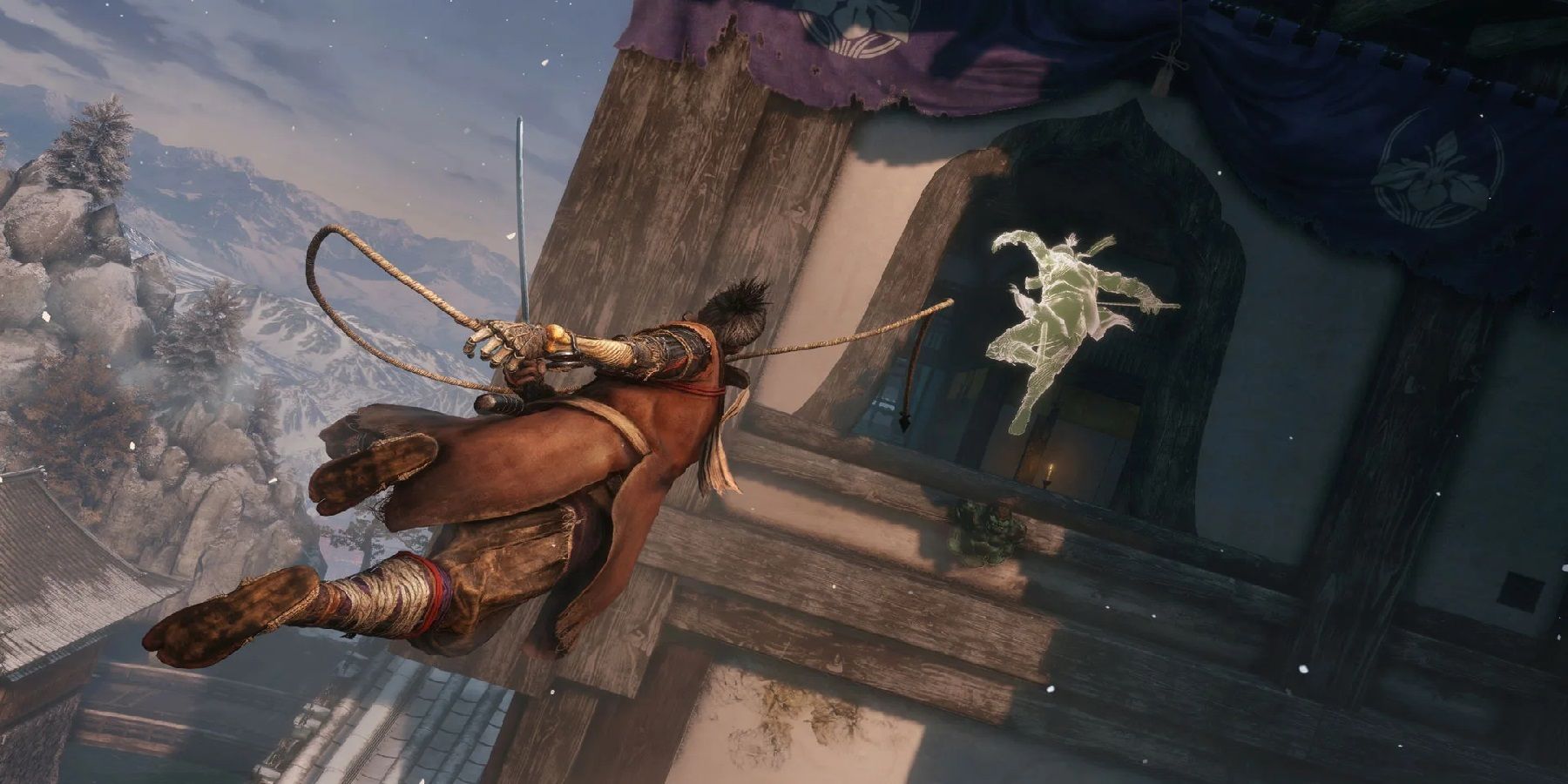Sekiro: Shadows Die Twice is quite an odd game when compared to the other incredibly challenging action-RPGs created by FromSoftware. Departing from traditional features of the Soulsborne franchise by including a heavy focus on stealth and all but removing the build variety players can choose from, to a lot of fans of the series, Sekiro shouldn't even be considered an entry. Despite standing out clearly from the other games in the Soulsborne series, Sekiro: Shadows Die Twice received a lot of praise when it released back in 2019, with fans enjoying the tight, rhythmic combat especially.
As with any game liked by a lot of people, there comes a demand following the hype around its release dying down for more content. However, besides a sizable free update for Sekiro: Shadows Die Twice that added a boss rush mode, new skins, and the ability for players to leave messages around the map, the game didn't receive any paid DLC. At the time, this was because FromSoftware wished to focus more on the behemoth that is Elden Ring, but looking back, it might be the case that Sekiro: Shadows Die Twice never needed DLC in the first place.
Why Sekiro Wouldn't Have Benefited from DLC
A lot of Sekiro: Shadow Die Twice's game design revolves around the concept of less being more. There are fewer builds for a player to choose from than in Dark Souls, Bloodborne, or Elden Ring, but this means the combat the player takes part in with their sword is refined around those cinematic duels that encompass so many of Sekiro's boss fights. There are fewer hidden details in Sekiro's world, but this is so it can tell a much more direct story, rather than risk a player missing out on the reasons why they're protecting Kuro. Essentially, what Sekiro does is trade out a lot of the traditional Soulsborne features to give players a more linear experience.
Were Sekiro: Shadows Die Twice to have received a DLC then, this could've risked changing what the core experience of the game is. By adding more content to a title that has been so carefully cut down could risk making Sekiro feel slightly bloated. Of course, as proven by FromSoftware's track record with its DLCs for Bloodborne and Dark Souls, it is unlikely that it would've changed Sekiro for the worse with some additional content. However, this doesn't mean Sekiro: Shadows Die Twice necessarily needed DLC, as it was strong enough as a base game to keep players coming back even after they'd defeated Sword Saint Isshin.
As well as Sekiro's gameplay being praised for being incredibly tight, the narrative of the game was also positively received by fans. While there were those who thought the direct approach to the story wasn't as interesting as the mysterious worlds of the other Soulsborne games, plenty of Sekiro players enjoyed the change of pace, being immediately aware of the purpose of their characters, the villains, and the world around them. While these aspects could've been built on in DLC, the majority of Sekiro's endings are so conclusive that a dozen hours or so of extra content couldn't really cover all their implications. Perhaps then, despite Miyazaki's aversion to them, a Sekiro: Shadows Die Twice sequel would be more fitting than a DLC.
FromSoftware's decision to work on the ambitious Elden Ring might have meant that fans may never see a return to the land of Ashina in a Sekiro DLC, but it is difficult to say this wasn't the right move. Elden Ring is a huge game, being FromSoftware's first attempt at an expansive, open world. From roaming around the Lands Between, it is clear to see that a lot of hours went into constructing every aspect of it. With Elden Ring's success being unlike anything FromSoftware has seen before, it appears that ditching Sekiro's DLC has worked out for the best for the company.
Sekiro: Shadows Die Twice is available now for PC, PS4, and Xbox One.


